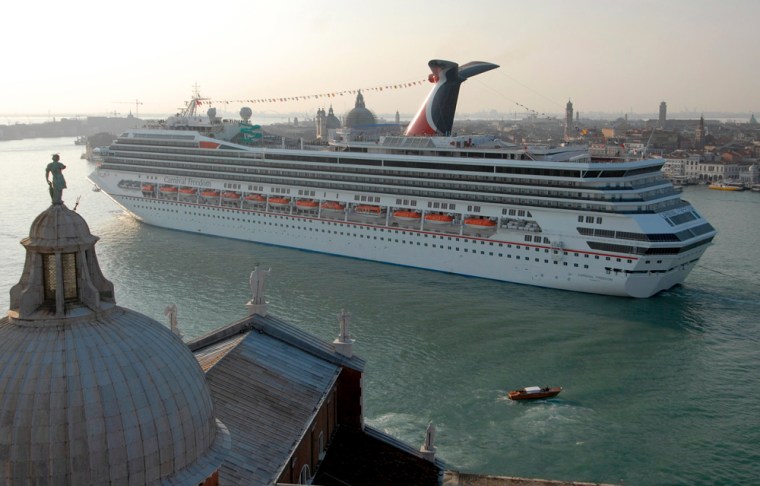“The Mediterranean is the new Caribbean.”
That's the news out of the annual Seatrade Cruise Shipping Convention, held last week in Miami. The remark was made by Bob Dickinson, president and CEO of Carnival Cruise Lines, at a "State of the Industry" session for cruise executives, and it was received with knowing nods all around the room. Indeed, the cruise industry is bullish on Europe and particularly on the Mediterranean region.
"European cruising isn't just doing well, it's doing phenomenally well," notes Rick Sasso, president of MSC Cruises USA, whose company is rapidly expanding in Europe. Sasso joked that the tide had turned since Columbus' voyage to the New World; now the ships are returning to the Old World in search of new riches, led this time by the Carnival Nina, the Pinta of the Seas, and the MSC Santa Maria. But it's no joke. In fact, cruise lines are putting their newest and most expensive assets into the region.
New ships after new money
Not long ago, European cruising was largely a backwater for old and dated ships that were no longer considered good enough for the hot Caribbean market. That's no longer the case as both Royal Caribbean International and Carnival Cruise Lines are debuting their newest ships in Europe.
The shift isn't just about deploying new ships; cruise lines are also repositioning ships, changing their calendars and tweaking their itineraries to appeal to a broad market of passengers. For example, Disney Cruise Line is deploying its first-ever ship in Europe for the summer, catering to families. And, according to Cruise Lines International Association (CLIA), a cruise-industry trade group, many cruise operators are stretching their stays in Europe this year, with some ships sailing European waters from March clear through to November. Some lines are also offering short European cruises for travelers with limited vacation days.
Cruise lines are also increasing their tour infrastructure in Europe. Last summer, for example, Royal Caribbean bought Spanish cruise and tour operator Pullmantur to tap into the Spanish cruise market, and Carnival recently announced a joint venture with Spanish airline Iberojet to boost its cruise operations in Spain.
What's driving the change of focus from the Caribbean to Europe? Executives say it's the large, untapped market of affluent and middle-class travelers in Europe.
"Europe is experiencing growth similar to the U.S. some 15 to 20 years ago," says Royal Caribbean chairman and CEO Richard Fain.
''The European cruise market is under-penetrated compared with North America,'' says Sasso, who adds that Europe is a big "drive-to" market (by which he means that it is easy for Europeans to find a ship close by). "We're simply shifting the supply to where the demand is," he says.
Vacation value for the buck
The other part of the equation (literally) is the dollar-to-euro exchange rate. The strength of the euro is drawing many Europeans to cruising. According to Colin Veitch, president and CEO of Norwegian Cruise Line, "Fares are much lower now for consumers paying in euros. Five years ago, a seven-day cruise cost 875 euros, today it is 540 euros."
It's no secret that the exchange rate has been a huge deterrent for many Americans wanting to travel to Europe, but cruising is quickly becoming a more viable option for travelers with limited vacation budgets. Cruises offer good value because they are paid for in dollars and include lodging, meals and transportation throughout the region. According to travel agents, a similar European land-based vacation experience can cost twice that of a cruise.
Look for more ships to sail European waters in the coming cruise seasons, and don't be surprised if you find yourself coming under the spell of "Euro-phoria."
Sound off! Do you have a comment, an idea, a complaint or a problem for Anita to solve? Send her an e-mail and you might find yourself in her next column.
And, if you are interested in joining the fastest growing travel message board on the internet, register at our Tripso Forums.
